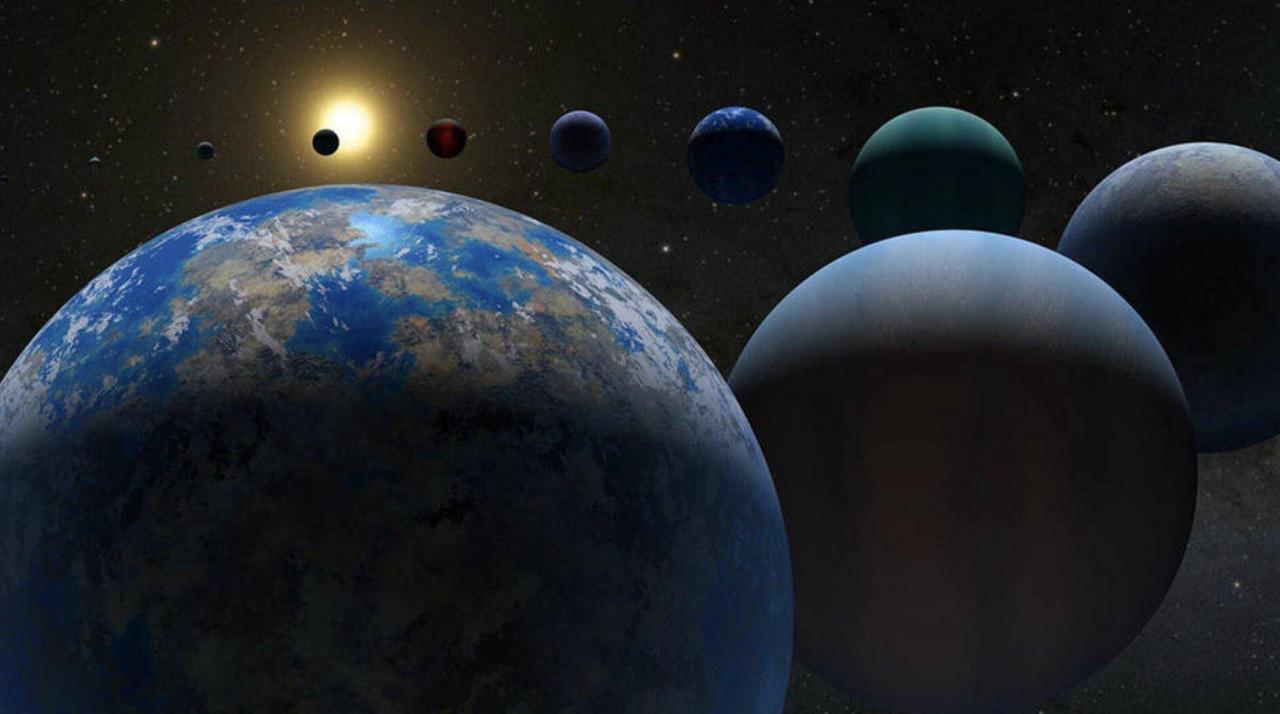
Among these exoplanets, there is a class of planets that have attracted the attention of scientists in particular, that is, they are between the size of Earth and Neptune, have rocky surfaces, and have similar geological structures to Earth. In the habitation zone, there are conditions for the existence of liquid water, and there is also an atmosphere and a magnetic field. These features are similar to the key elements for the existence of life on the earth, so scientists named this kind of planet “super terrestrial planet”, also called “super terrestrial planet”. “Super Earth”.
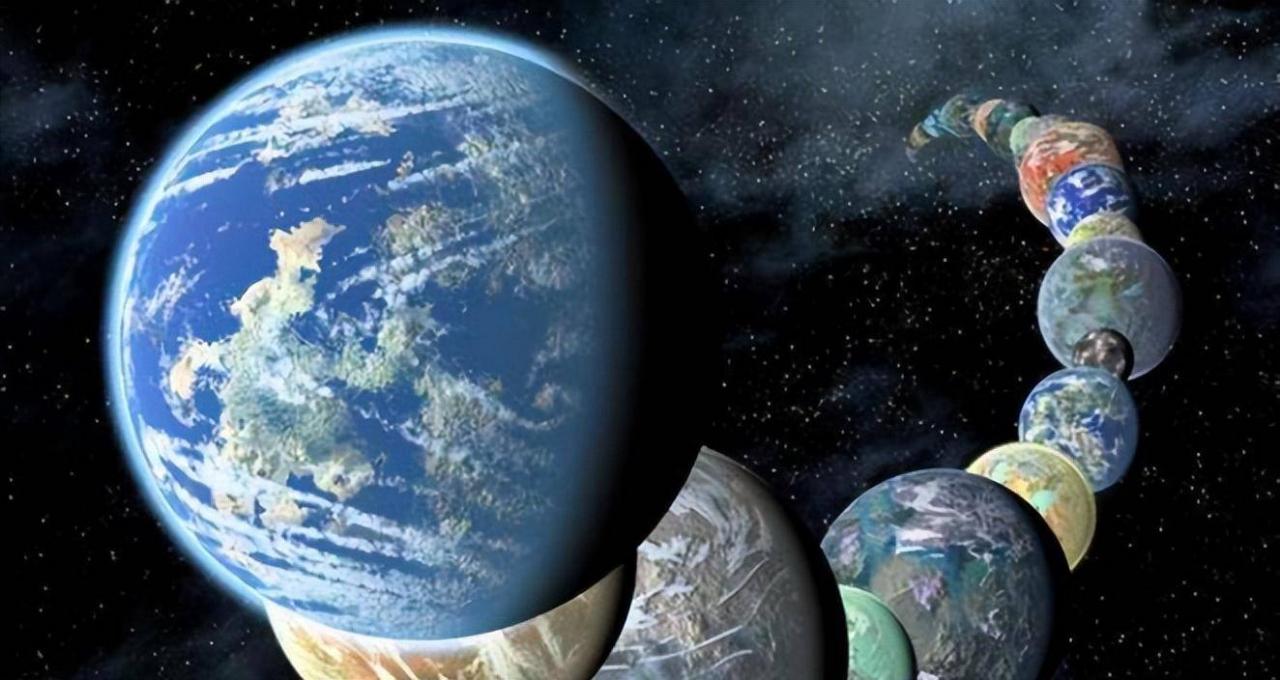
Up to now, scientists have further screened all the exoplanets that have been observed according to the criteria of “super-Earths”, and finally selected 40 “super-Earths”. Since the “super-Earth” has many similar characteristics to the earth, is there life on it, or even a smart civilization like the human beings on earth?
However, due to the limitations of human cosmic observation technology and the fact that these “super-Earths” are very far away from the earth, so far, the research results of these “super-Earths” are limited to the “surface” of their size and orbits. It is difficult to conduct research on basic factors such as atmosphere, magnetic field, density, etc., let alone monitor whether there are traces of life on it.
Fortunately, scientists recently discovered a “super-Earth” that is very close to the earth, only 36.5 light-years away, which is obviously much closer than other “super-Earths” that are thousands of light-years away. , which provides a very convenient and rare condition for scientists to conduct in-depth research on it in the future.
This “super-Earth” is called Ross 508b, and it orbits the star Ross 508 in the constellation Serpens. This star has a spectral type of M4.5 and is a typical red dwarf star with a mass only that of the sun. 18%, the surface temperature is about 3000K.
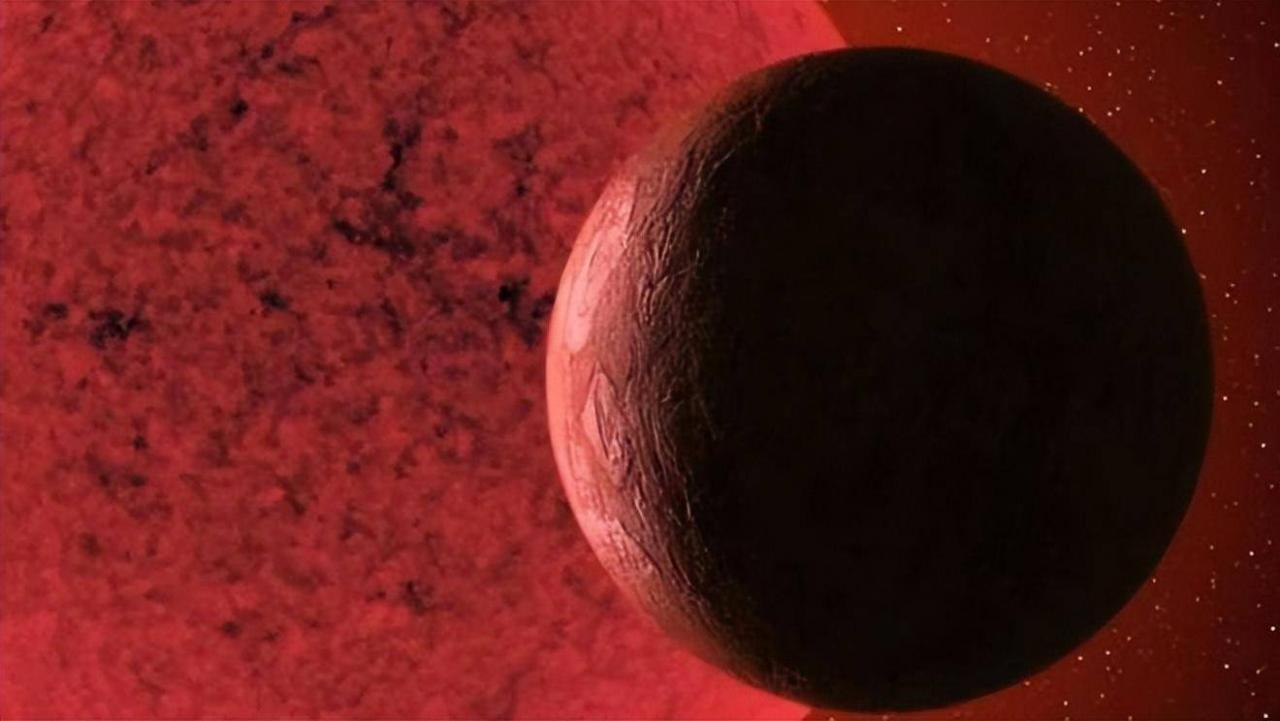
The Ross 508b planet, according to existing observational data, has a mass about 4 times that of the Earth and an average distance from its parent star of about 0.053 AU, which is much smaller than the distance between the Earth and the sun. many. However, because the parent star is a star in its late life, both the intensity of internal nuclear fusion and the surface temperature are much lower than those of the main sequence star, so the habitable zone of the parent star is closer to the inner side than the sun.
Due to its close proximity to its parent star, Ross 508b revolves at a very fast angular velocity, orbiting the parent star about once every 10.75 years. According to the observation results, Ross 508b is just in the habitable zone of the parent star, which also makes its surface temperature very likely to meet the conditions for the existence of liquid water. If you continue to “imaginary” according to this speculation, there is alien life on its surface. There is a certain possibility.
However, some scientists also put forward different views on this, saying that this “super-Earth” located in the “back garden” of the earth also has the same “problems” as other planets orbiting other red dwarf stars, and the existence of these “problems” , it will be possible to directly destroy the life that may exist above.
Specifically, there are mainly two aspects of the “failure”. One is tidal locking. Although from the perspective of habitability, Ross 508b is just in the habitable zone of the parent star, but the price may be that the planet has been “tidally locked” by the star, and the key reason is that the distance is too close.
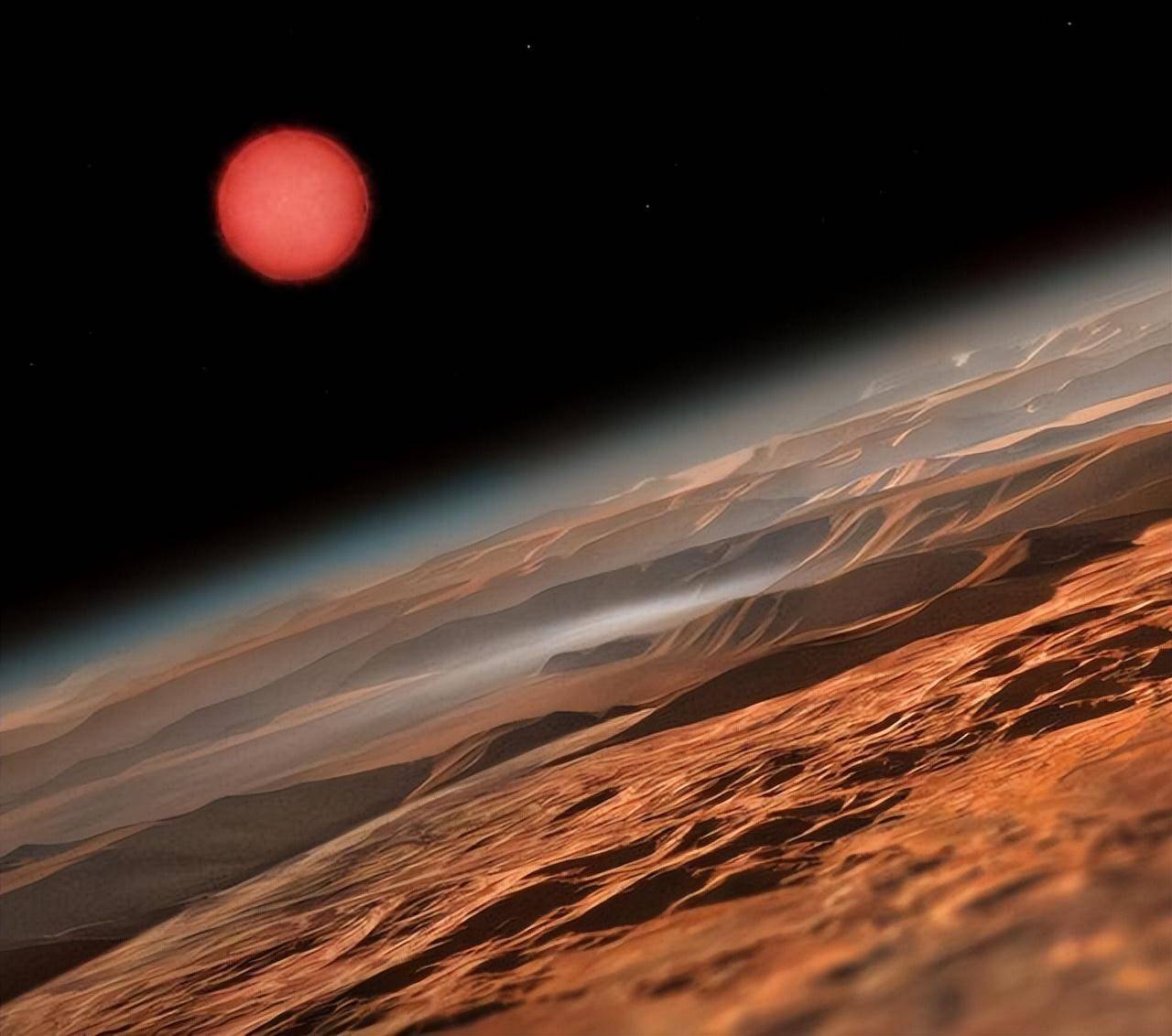
If the planet is “tidally locked”, it means that one side of the planet will always face the star, and the other side will always face away from the star. The result is that the part facing the star will always be baked by the high temperature of the star. , the side facing away will fall into the “ice cave”. In this way, both the front and the back of the planet are “unfriendly” to life, and only the junction of the two sides, a very narrow area, will have the possibility of life, that is to say, the possibility of habitability is suddenly pulled. many times lower.
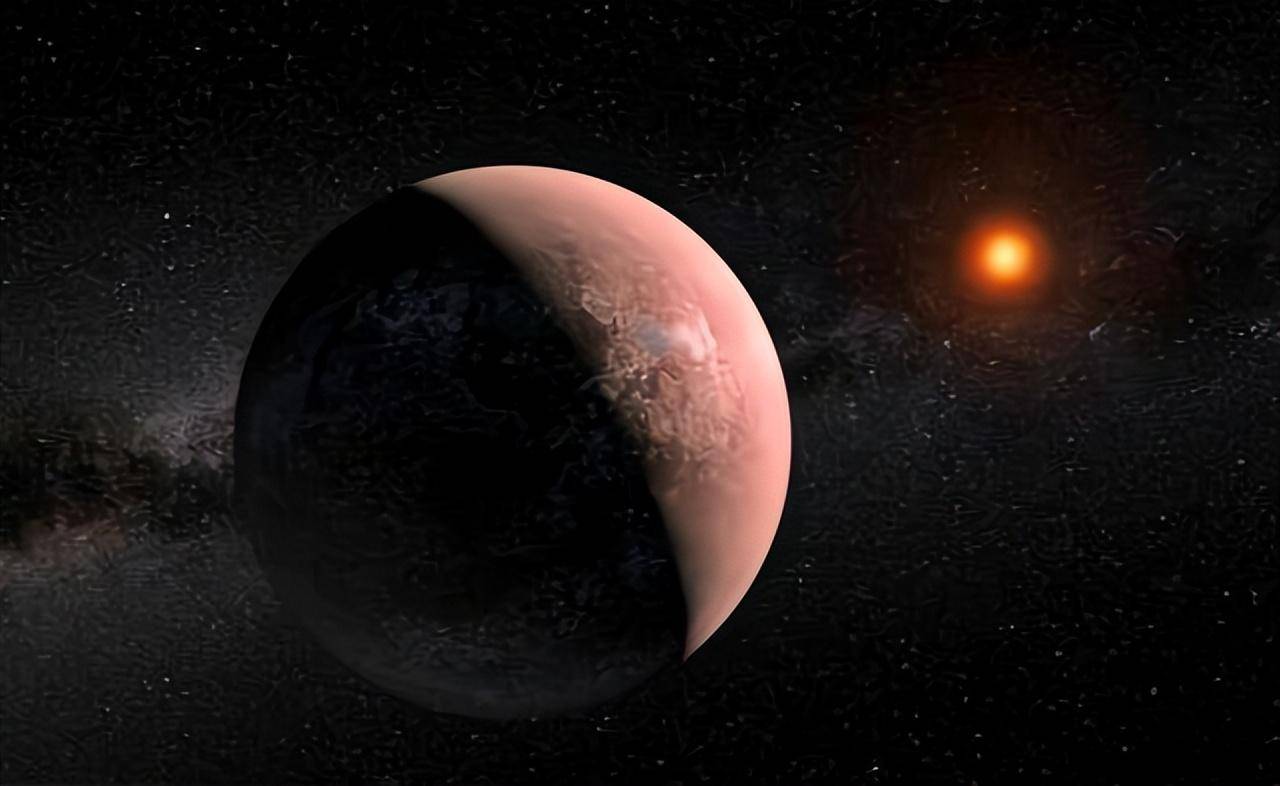
The second “problem” is the star’s intense flares. A yellow dwarf star in the main sequence like the sun is generally in a relatively stable state under the combined action of its own inward gravitational pressure and internal outward radiation pressure, although strong sunspots and flares often occur , but for planets in the habitable zone, the problem is not too big, and basically it will not have any impact on the survival of organisms. However, it is different for red dwarf stars. Due to the small mass, the “radiation layer” in the sun is missing inside, which is equivalent to the lack of a buffer zone. Convection is formed directly between the stars, which promotes the instability of the star’s surface and often produces very strong flares.
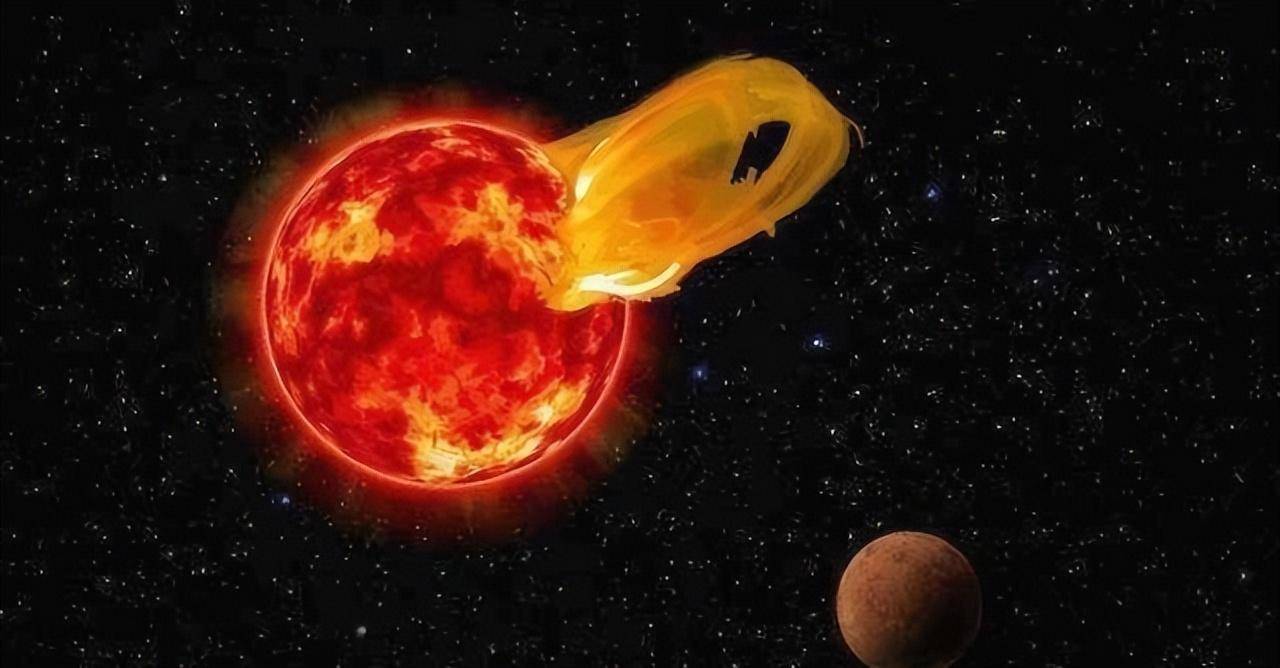
Once a stellar flare is formed, it releases intense electromagnetic radiation into space, much higher than the energy carried by normal light. If the planet is very close to the star, then under such strong radiation, high-energy particles will bombard its surface violently, not only it is difficult for life to form, but even organic molecules such as amino acids, which make up the unit of life, cannot be formed.
Therefore, even if some scientists speculate that Ross 508b may have the basic conditions for the birth and survival of life, but because its parent star is a red dwarf star, this “super-Earth” is too close to the parent star. It will face a very severe “test”. If we look at the survival mode of life on earth, the possibility of life on it will be greatly reduced.
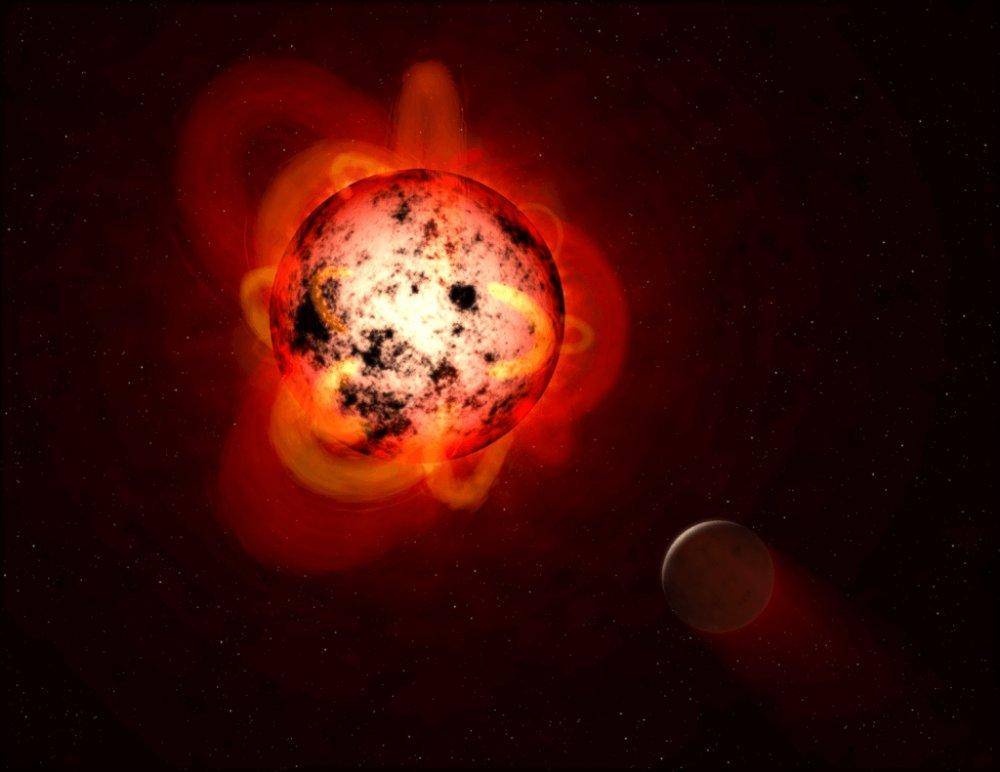
But some scientists are still hopeful. They believe that there may be intelligent alien civilizations in the depths of the planet or the oceans. Maintain proper temperature as much as possible. Readers, do you think it is possible for life to exist on this “super-Earth”?

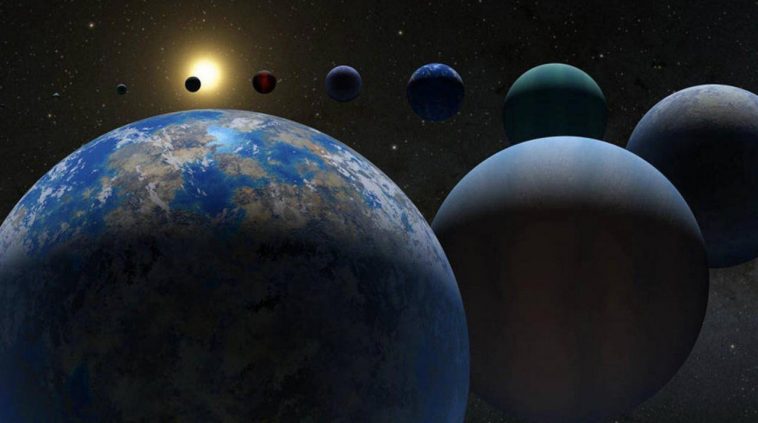
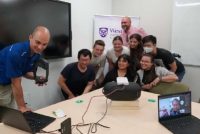
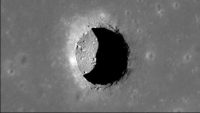
GIPHY App Key not set. Please check settings